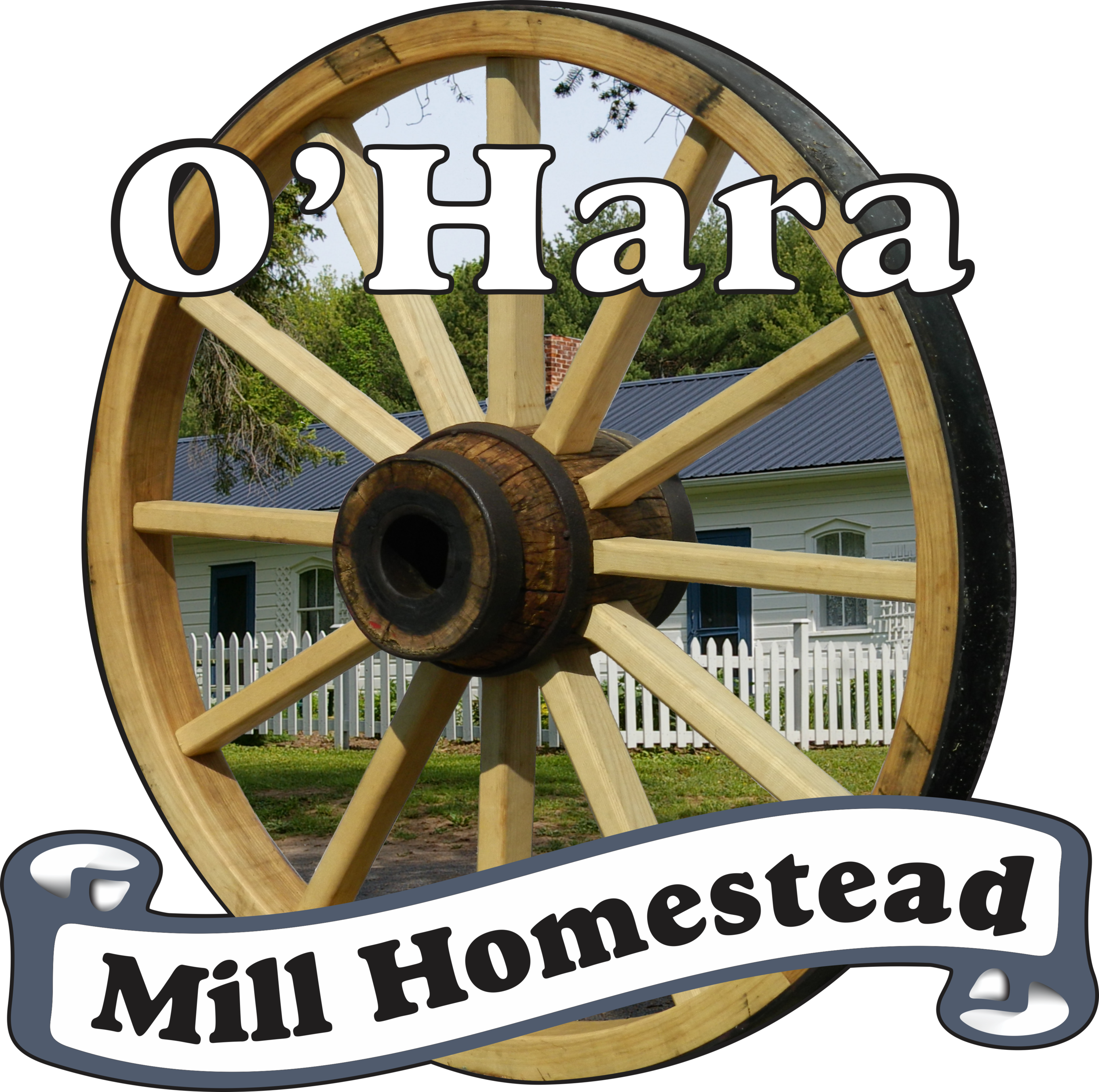Apprentices
Back in the early 1800s, large families were common as many hands were needed to run a productive farm. Seems a little wacky to think about, child labor is typically frowned upon, but children were given age appropriate chores. You wouldn’t find a 2-year-old out planting the field themselves. Our question to ourselves was what happens if a couple can’t have children? What if they can’t afford to hire anybody in supplement of children? Through some research we learned more in depth about the answer to our question; apprentices.
Many different masters of their occupation would “hire” on or mentor an apprentice, on the farm especially. The person in charge would receive free labor and the young apprentice would receive the knowledge necessary to someday get a job in the same field, sometimes literally the same field if they were a farm apprentice. The average age of an apprentice was about 14, so why weren’t they working on their family’s farm? Simply put: they didn’t live on a farm. Occasionally some families were so large that it was of more value for the middle aged children to attend an apprenticeship to gain knowledge that could benefit the farm they lived on.
Above: A lovely window display of Benson O’Hara’s Millinery shop.
There was no “one” system or set of rules for hiring on an apprentice, so it was very important for the mentor to clearly state the terms of the position to prevent confusion further down the line. Some key things that would be laid out for a farm apprenticeship would be specific duties (stone picking, planting, cutting, etc.), length of time (full growing season?), and additional compensation (can they take home veggies?). Sometimes farmers would even have live-in apprentices so they would be compensated with meals and a place to sleep. One key thing to remember if you’re taking on an apprentice: they are there to learn, so always be too specific; some things may come naturally to you that they wouldn’t think about.
Other establishments that would be in search of apprentices would be the blacksmith’s shop, general store, furniture maker, sawmill, and just about any other position you can think of. Apprentices were a wonderful thing to have around, but the important thing was to be sure they were being properly compensated for the effort they were putting out. Pictured above is Benson O’Hara’s Millinery shop where he sold ladies clothing and hats, it is likely that Benson had an apprentice at one time. To learn more about Benson and his shop, click here to read one of our blogs from a previous year.
𝓟𝓮𝓽𝓮𝓻 𝓪𝓷𝓭 𝓜𝓲𝓪

